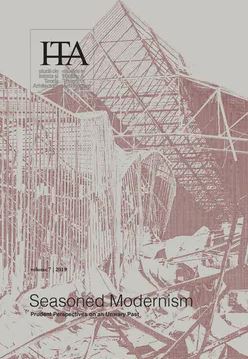Appropriations: Competing Modernisms in Transylvanian Railway Architecture, 1930s - 1940s
Appropriations: Competing Modernisms in Transylvanian Railway Architecture, 1930s - 1940s
Author(s): Cristina Purcar, Virgil PopSubject(s): Architecture, Nationalism Studies, Interwar Period (1920 - 1939), WW II and following years (1940 - 1949), History of Art
Published by: Universitatea de Arhitectură şi Urbanism »Ion Mincu«
Keywords: interwar architecture; Transylvanian railway stations; nationalism; International Style; tempered Modernism; Regionalism; stylistic impurities;
Summary/Abstract: During the interwar period, the North-Western Romanian territory, unified with the Old Kingdom at the end of World War I, remained a battlefield: besides the political and administrative appropriation of the united regions, a symbolic “taking into possession” was very much at stake too. Thereby, public buildings played a prominent role as national-cohesion signifiers. In architecture, nationalism and modernity, while apparently complementary cultural goals, brought forth stylistic dilemmas and debates. Furthermore, the Hungarian annexation of Northern Transylvania between 1940 and 1944 occasioned competing territorial-appropriation discourses, made visible through architectural signifiers as well. While the Paris Peace Treaties returned Northern Transylvania to Romania, public architecture produced immediately before and during World War II reflected re-appropriation discourses through hybrid stylistic choices, idiosyncratically mediating between vernacular sources, Classicism and Modernism.
Journal: sITA – studii de Istoria şi Teoria Arhitecturii
- Issue Year: 2019
- Issue No: 7
- Page Range: 119-136
- Page Count: 18
- Language: English

